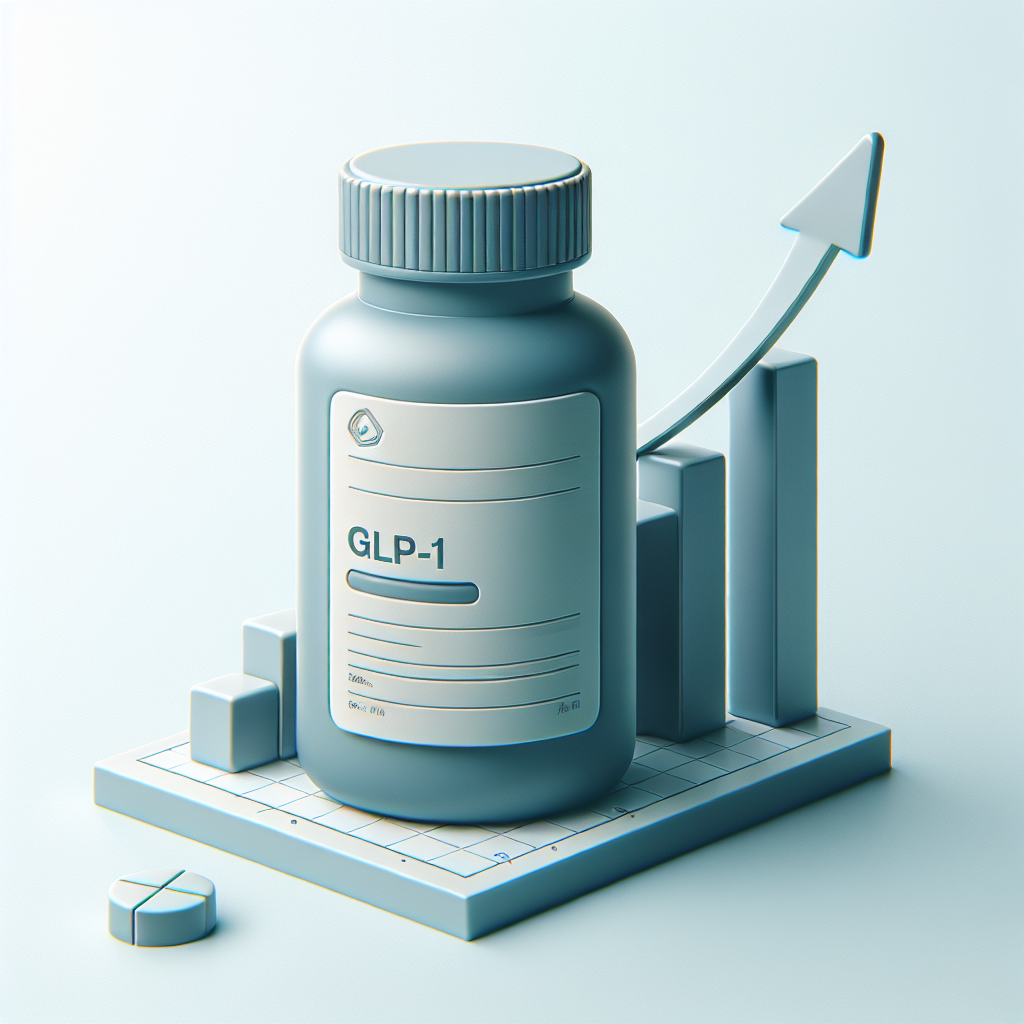The Next Big Thing in Weight Loss Drugs Isn’t Weight Loss
Wall Street Journal reporter Peter Loftus highlighted on Monday that the future surge in GLP-1 drug sales will likely be driven by new medical applications beyond weight loss.
The major players in the GLP-1 market are Novo Nordisk, the producer of Ozempic and Wegovy, and Eli Lilly, the maker of Mounjaro and Zepbound. These GLP-1 drugs function by mimicking a gut hormone that manages blood sugar levels and curbs appetite. Initially, they were marketed for treating Type 2 diabetes, but their use has broadened to combat obesity.
Despite some health insurers hesitating to cover treatments solely for obesity, given their price tag of up to $1,300 a month, pharmaceutical companies are exploring additional medical uses for these drugs. They are investigating treatments for heart, kidney, and liver diseases to extend insurance coverage, and these efforts are beginning to yield results.
In March, the Food and Drug Administration expanded the approved use of Wegovy to include reducing heart risks in adults who are obese or overweight. This approval allows Medicare to cover the drug, making Wegovy accessible to approximately 3 million more Americans.
BMO Capital Markets analysts estimate that the new heart-related use of Wegovy could add $3.2 billion in annual sales for Novo Nordisk.
In April, Eli Lilly revealed that the drug behind Zepbound has shown potential in easing sleep apnea in obese patients during late-stage clinical trials. The company plans to seek FDA approval to extend the drug’s use to include treating this condition.
Jefferies analysts project this could boost Zepbound’s sales by $5 billion.
“It builds this wall of evidence,” said Derek Asay, senior vice president of value and access at Eli Lilly, referring to various studies exploring other uses for GLP-1 medications. “It helps give that reason to believe there’s more than weight loss here.”
The unyielding demand for these drugs has catapulted Novo Nordisk and Eli Lilly into becoming the largest pharmaceutical companies globally by market capitalization. The soaring demand has even caused shortages and significantly contributed to Denmark’s GDP growth last year.
Morgan Stanley analysts predict that the global market for these drugs will reach $105 billion by 2030.
